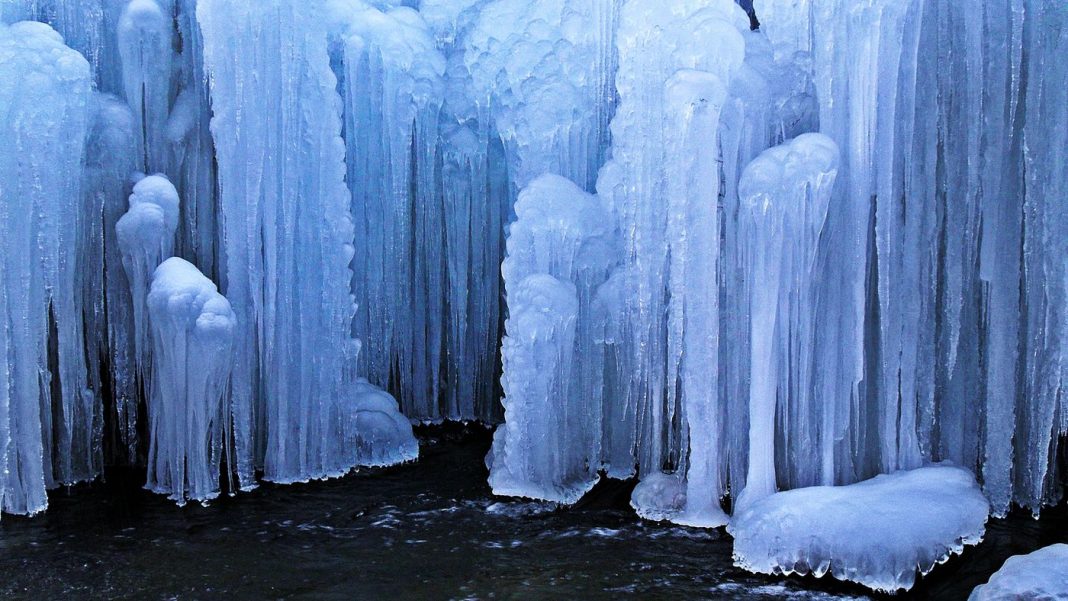Ice shapes are shaped by external forces, one of which is water temperature, according to research published in the journal Physical Review Letters. The study could help uncover the factors involved in the melting of the ice.
Ice melt patterns can vary widely, and some show an unusual flow. So the study authors wanted to know exactly how this happens. This also includes the way the ice on our planet melts.
In one lab, researchers performed a series of experiments to observe the melting of ice in water to understand how the temperature of the water affects the shapes of the ice.
Want to stay on top of the best tech news of the day? Access and subscribe to our new youtube channel, Kenyannews News. Every day a summary of the main news from the tech world for you!
The ultrapure ice used, free of bubbles and other impurities, was submerged in water tanks in a cold room, whose temperature is controlled and variable. Scientists have found that at temperatures of 0 to 10 degrees Celsius, ice melts in a “surprising variety of shapes”, they said.
At temperatures below 5 degrees Celsius, the ice takes the form of a perfectly smooth downward-pointing “pinnacle”. Above approximately 7 degrees Celsius, the same basic shape was observed, but upside down — that is, pointing up.
Between temperatures, the ice has wavy patterns called “scallops” that melt on its surface. These shapes are found on icebergs and other ice surfaces in nature. In the timelapse video below from the NYU Applied Mathematics Laboratory, we see how this shape is “cut” by time and temperature.
According to Scott Weady, one of the authors of the study, “melting causes gradients in the temperature of the water near the ice, which causes the liquid in different places to have different densities,” explains Weady. “This generates flows due to gravity – with the heavier liquid sinking and the lighter fluid rising.”
Such flows along the surface lead to different melting rates at different locations. That’s why ice takes on different patterns along its length. “The weird part of physics is that liquid water has a highly unusual density dependence on temperature,” adds Weady. “This ‘density anomaly’ makes water unique compared to other fluids.”
These findings will help scientists better understand the morphology of icebergs, which feature sharp spikes or spirals, and scallops, which consist of wavy patterns found in nature. In particular, they will be useful to better understand the physics of melts linked to climate change, which will ultimately be important for climate models.
